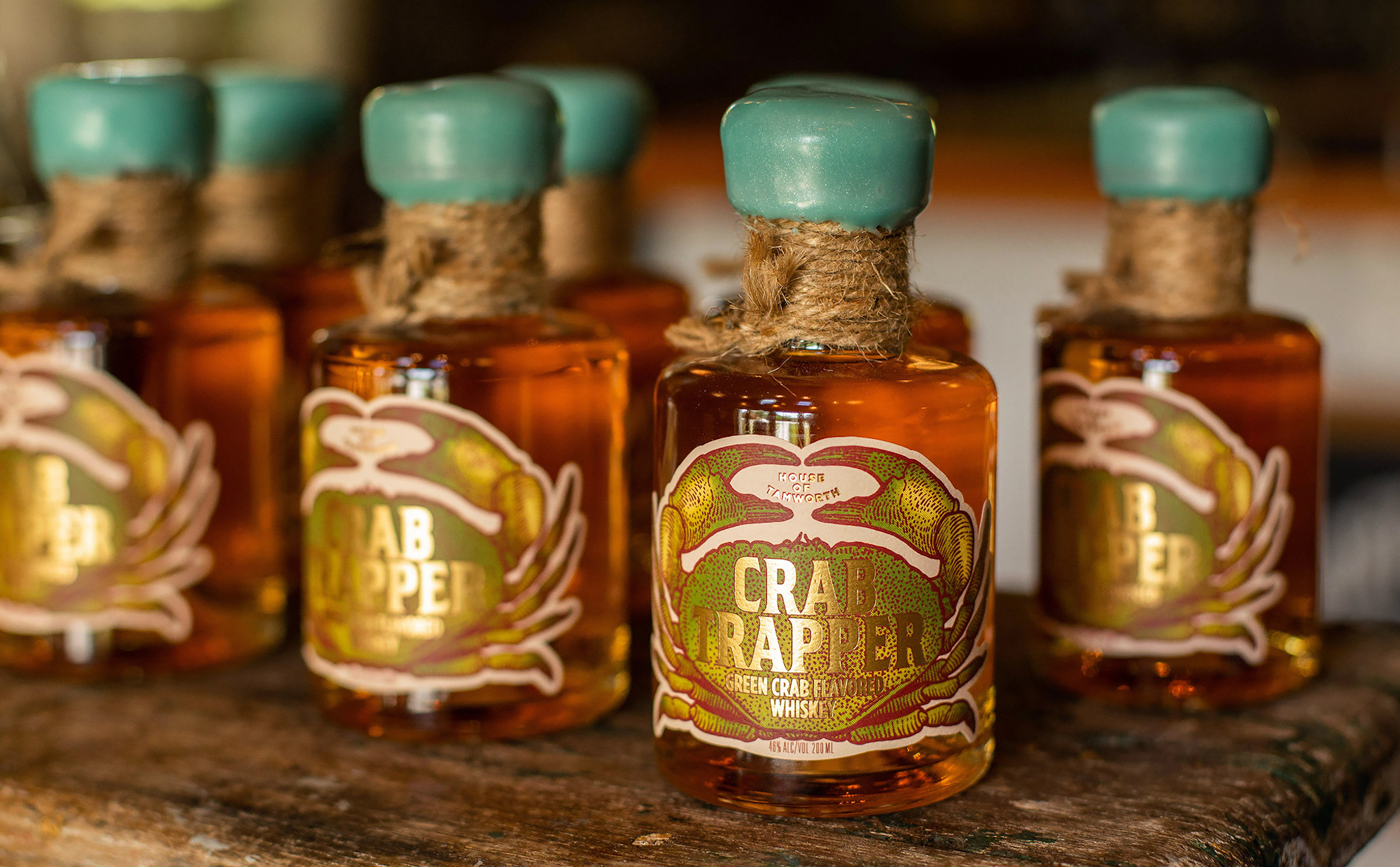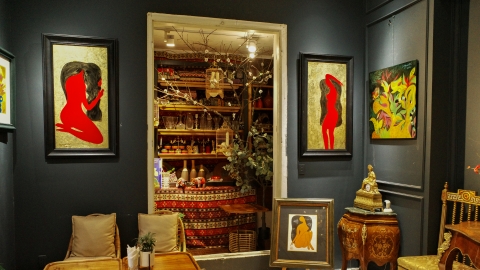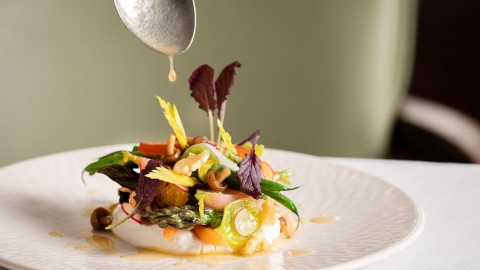Tamworth Distilling's Crab Trapper Whisky is flavored with blue crabs caught off the coast of New Hampshire. Blue crabs arrived from Europe around the 1800s, where they ate tons of shellfish and destroyed estuaries and fish habitat.
Blue crabs are an invasive pest that has plagued North American marine ecosystems for more than 200 years. A distillery in New Hampshire is tackling the problem by using them to produce blue crab flavored whiskey. Blue crabs are so abundant that this alone isn’t enough to cut down their numbers, but some experts hope the new whiskey offers creative solutions.
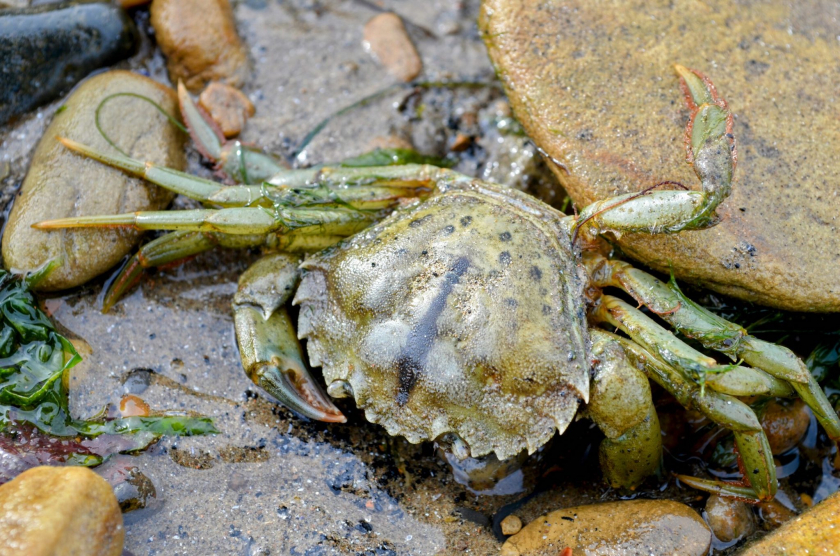
Green crabs are invasive species that have invaded ecosystems in many states in the US.
The crabs are cleaned and prepared just like any other crab you might order at a restaurant, said Will Robinson, product developer at Tamworth Distilling, who came up with the idea for the project.
“Everyone will say no when they hear about crab whisky, but if you can get them to taste it, they will change their mind,” Will Robinson asserts.
The crabs are caught off the coast of New Hampshire, first cleaned, then crushed to create a crab stock, which is then vacuum distilled with spices like mustard seed, coriander, cinnamon and bourbon.
Each bottle of whisky uses about a pound of blue crab, but one distillery won’t have much of an impact on the population of the creatures. That’s because their numbers are out of control, says Dr. Gabriela Bradt, a marine biologist and fisheries expert at the University of New Hampshire.
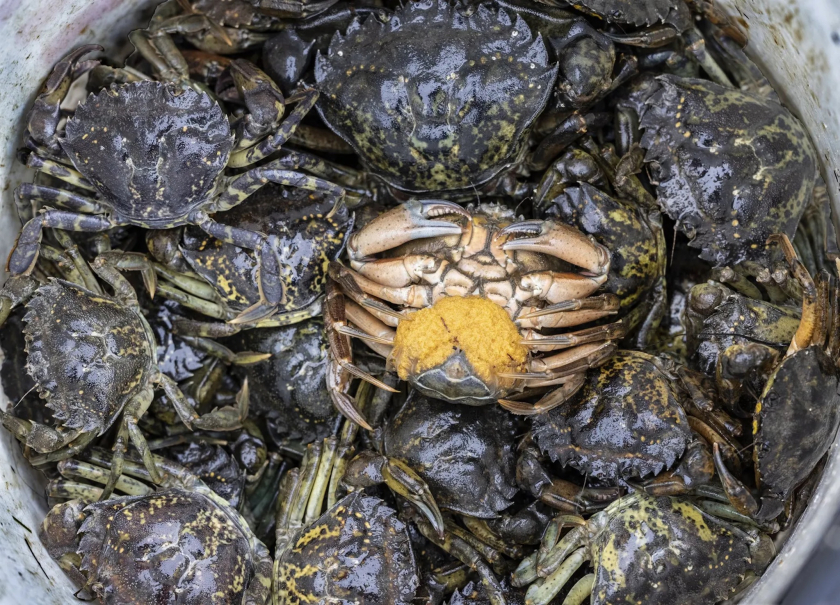
Each bottle of Tamworth Distilling whisky uses half a pound of blue crab.
“The green crab is probably one of the most successful invasive species we know of in North America, at least in the marine ecosystem. A single crab can eat up to 40 mussels a day, and if you multiply that number of crabs that are still growing, they will completely wipe out the mussels in the wild,” Gabriela Bradt said.
Warmer ocean temperatures due to climate change have created a more favorable environment for the invasive crab to thrive.
Currently, there is no effective solution to control the population of green crabs, nor is there a real commercial market or aquaculture industry for this invasive species. In fact, the green crab is edible, although it does not have much meat. The difficulty of processing, combined with the perception that it is an invasive species, means that few people want to eat it.





